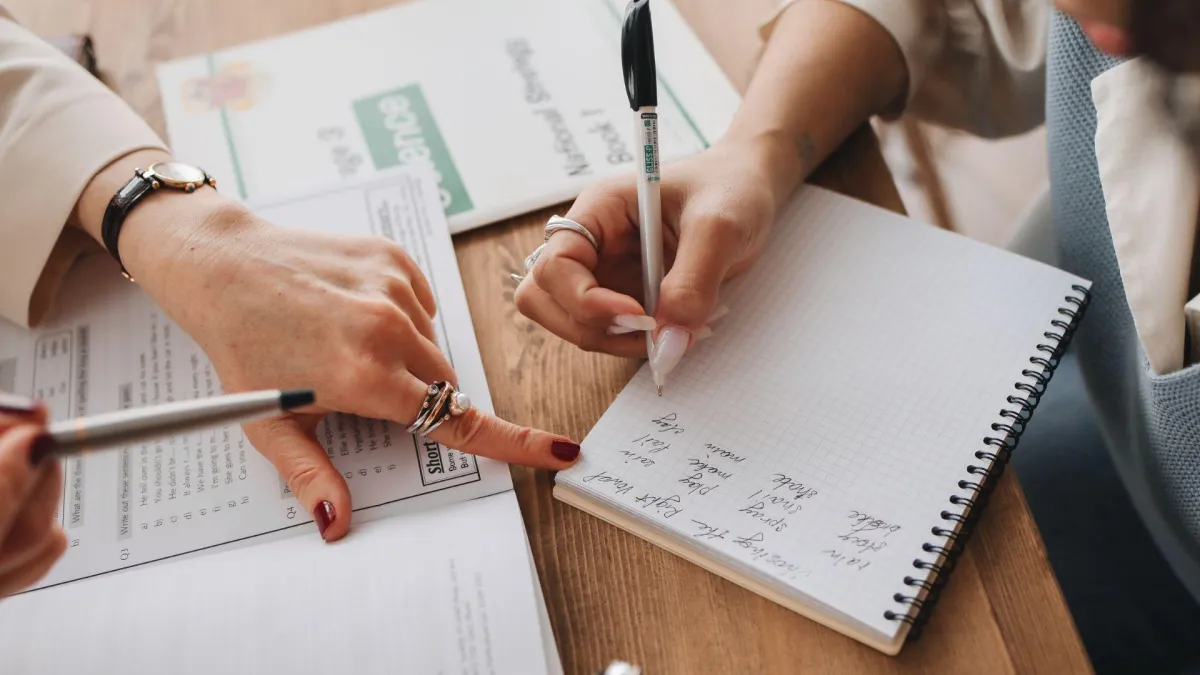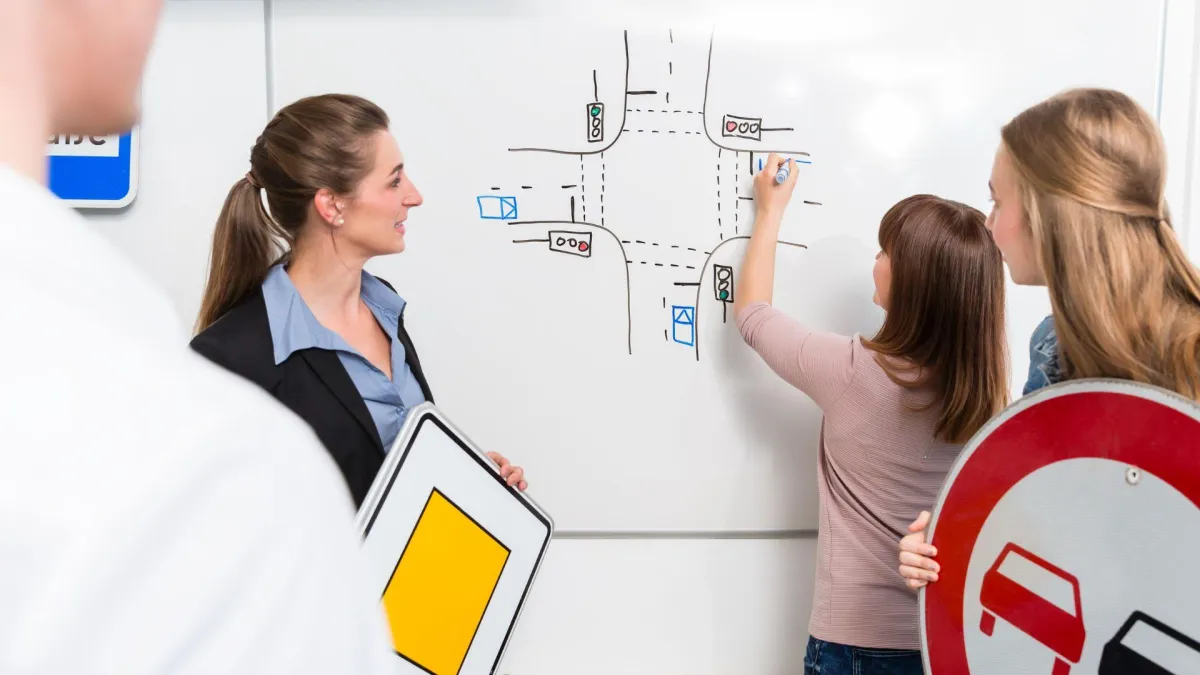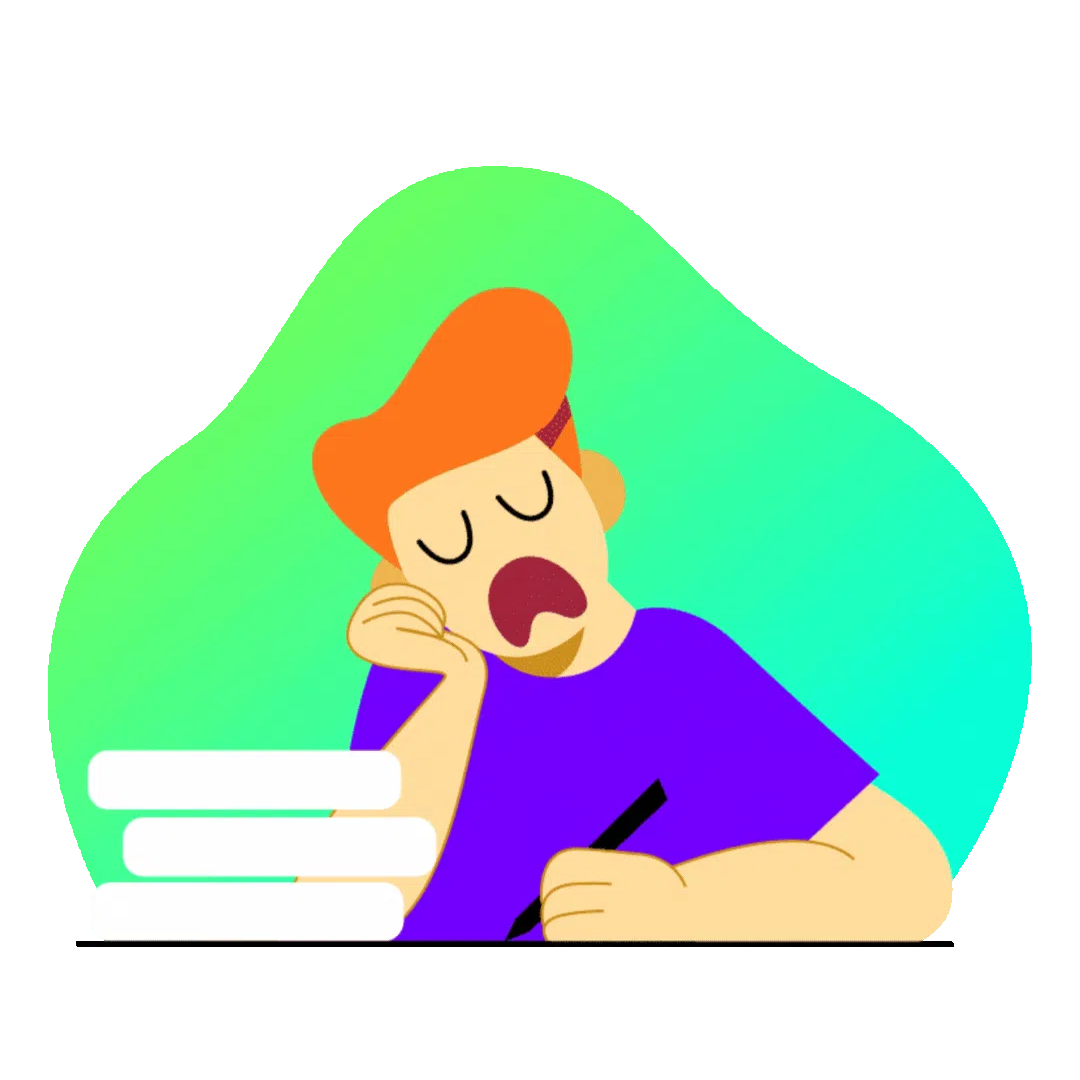Do You Know Your Learning Style?
Success begins with a strong will and consistent effort. Every small step brings you closer to your goals. Believe in yourself, embrace challenges, and never give up. Start today and turn your dreams into reality!

Unlock Your Unique Learning Style
There are 4 different types of learning styles. Visual, auditory, reading and writing, and kinesthetic

Reading and
writing learners
Learners who excel in reading and writing benefit from written information found in worksheets, presentations, and other text-rich materials. These students are effective note-takers and thrive when they have access to written text for reference.



Auditory learners
Auditory learners, often called "aural" learners, prefer to learn by listening. They thrive in group settings where they can discuss and collaborate verbally. Additionally, they may find it helpful to read aloud to themselves.

Visual learners
Visual learners remember things better when they see them as pictures, like charts or diagrams. Just like designers use images to show what’s most important in their work, visual learners do well when they have clear pictures to understand information.



Kinesthetic learners
Kinesthetic learners are people who learn best by doing things with their hands and moving around. They enjoy using all their senses when they study. These learners do well in science classes because they get to do hands-on experiments.
Want more information on your Learning Style?
Tips for reading and writing learners
Here are some effective strategies for those who learn best through reading and writing:
1. Use Reading Materials: Reading or reviewing texts and notes can help you learn new concepts and retain information.
2. Take Notes: Writing information down can enhance memorization for reading and writing learners, even if they don't review their notes later. Many learners find that repeatedly writing definitions or equations helps them remember better.
3. Read or Write Instructions: When preparing for a practical test or exam, it can be helpful to read instructions thoroughly or create your own step-by-step outline of the task.
4. Revise and Rewrite Notes: Revising and reformatting notes can be a productive study habit for reading and writing learners. This process helps reinforce understanding and retention.
Tips for visual learners
Here are some effective strategies for visual learners:
1. Study Diagrams and Maps: Visual learners often find it easier to remember information presented in graphic form than in written text.
2. Use Infographics: Infographics can make complex information more understandable and memorable. Creating your own infographics can also be a great study exercise.
3. Incorporate Colours and Pictures in Notes: When taking notes, colour-coding information and adding drawings or diagrams can help visual learners retain details better.
4. Organize Information with Charts and Tables: Presenting information in charts or tables can provide clarity for visual learners, making it easier for them to process and remember key points.
Tips for auditory learners
Here are some strategies to help auditory learners succeed:
1. Verbal Recitation: Reading study materials out loud can improve understanding and reinforce memory.
2. Listening to Recordings: Auditory learners often retain information better when they hear it. Recorded lectures or audiobooks can be very helpful.
3. Using Mnemonic Devices: Techniques like songs, rhymes, or alliteration can make information easier to remember.
4. Group Discussions: Talking about concepts with others can enhance understanding for auditory learners.
Tips for Kinesthetic learners
Here are some effective strategies for kinesthetic learners:
1. Stay Active While Listening: Kinesthetic learners often learn better when they can move. Try pacing, using a fidget device, or tapping your foot or pencil while reading or listening. These activities can help improve focus and retention.
2. Build Models: Creating models can help kinesthetic learners grasp concepts and remember important details. It makes the learning experience more interactive and engaging.
3. Engage in Hands-On Practice: Kinesthetic learners prefer learning through direct experience. Practical activities, like experiments in science class, can help solidify understanding better than just verbal explanations.
4. Incorporate Tactile Experiences: Tactile stimulation can enhance learning for kinesthetic learners. Consider snacking while studying or using a pen with a unique texture. These simple actions can help maintain focus and improve information retention.

Which One Are You?
Knowing and understanding your learning style will help you learn!! Check out some resources below!
Need More Help?
Explore Tailored IEP Services for Educators and Parents


What is an IEP
An IEP (Individual Education Plan) is a written plan outlining the special education programs and/or services required by a particular student based on the student’s strengths and needs.
A Conversation with a Learning Support Expert
Caleb Geller & Braedon Wilson Interview With Mrs Devon Armstrong
Let’s start with the basics. What exactly is an IEP?
Great question! An IEP, or Individual Education Plan, is a personalized document that outlines the specific accommodations and strategies a student needs to succeed in school. It’s tailored to bridge the gap between a student’s unique needs and the standard classroom environment.
Some provinces or countries call them different names—like Individual Learning Plans—but the goal is the same: to support students in reaching their full potential.
Once an IEP is created, how do parents and students stay informed about it?
Each year, parents receive a copy of their child’s IEP, and students get their own version as well. But let’s be real—this document can be overwhelming to read.
That’s where I come in! Part of my job is walking students and families through what their accommodations mean. If something feels off or doesn’t seem helpful, we can update the IEP at any time. It’s all about making it work for the student.
An IEP is based on assessments that identify a student’s unique learning needs. These can include things like focus challenges, sensory needs, or other barriers to traditional learning environments.
Sometimes schools advocate for external assessments—like a private psychological or psychiatric evaluation—because the waitlists for in-school testing can be long. For example, if a student is assessed in Grade 3, they might not get results or prioritization until Grade 6 due to resource constraints.
That’s why schools may encourage families with insurance to pursue private assessments—it’s often faster and gives us the data we need to create effective accommodations.
Why do schools struggle to meet the demand for assessments?
It’s largely due to limited resources. There’s a growing need for support, especially in areas like Ottawa, where strong programs attract families. Unfortunately, there aren’t enough specialists—like psychiatrists—to meet this demand quickly.
This creates a triage system. Students with the most pronounced needs are prioritized, while others who can function reasonably well in the classroom might wait longer. It’s not ideal, but it’s the reality of our system right now.
You mentioned assessments earlier. How do they relate to the IEP?
An assessment identifies the student’s specific needs—whether it’s ADHD, autism, or another learning challenge. The IEP is the plan that comes from that assessment.
Think of the IEP as a roadmap: it outlines the accommodations, strengths, and strategies that will help the student succeed. For instance, if an assessment says a student needs extra time on tests, the IEP ensures that accommodation is provided.
What’s your advice for families navigating the IEP process?
Communication is key. If parents or students don’t understand their IEP, they should reach out for help—it’s what we’re here for!
Also, if families have the means to pursue private assessments, it can be a game-changer. But regardless of the path, remember that an IEP is a living document. It can be updated and adapted as the student’s needs evolve.
FAQs
Find Answers to Your Top IEP Questions Here
What is an IEP and who needs it?
An IEP, or Individualized Education Program, is designed for students with identified disabilities to ensure they receive appropriate educational support.
Who qualifies for an IEP?
Any child evaluated with a disability affecting their learning may qualify for an IEP.
How is an IEP developed?
An IEP is developed during a meeting that includes teachers, parents, school administrators, and the student, if applicable. The team collaborates to craft a plan that supports the student's unique educational needs.
What are the key components of an IEP
An IEP includes the students current educational performance, annual educational goals, special education supports and services provided to the child, participation with non-disabled children, accommodations necessary for the child, and methods of measuring progress
Can parents make suggestions for the IEP?
Yes, parents are a critical part of the IEP team and can suggest modifications.
What happens if parents disagree with the IEP?
Parents can request a meeting, ask for mediation, or file for an impartial due process hearing.
